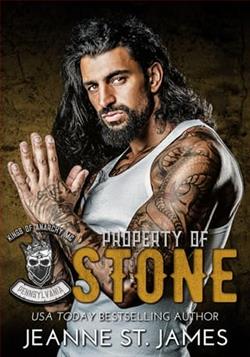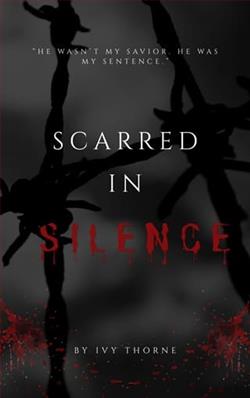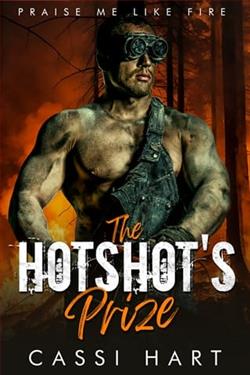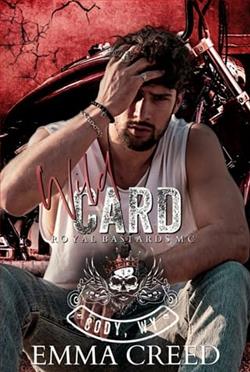Page 100 of The Children of Eve
“The man who had Devin Vaughn so unnerved before he died. Also, by extension, the man who may be looking for Riggins, and should, therefore, be of interest to you. Be wary of this one, any skill with a blade aside.”
“Because you know who he is?”
“No,” said Ross, “because we don’t.”
WITH SOME EFFORT, Imanaged to pull on my underwear and trousers unaided. Angel helped with the shirt. He’d bought me a pair of slip-on sneakers, meaning I didn’t have to bend down to tie laces or pull on boots.
“So,” said Angel, when we were done, “home to put your feet up, like the doctor ordered? If we hurry, you can still catchThe Young and the Restless.”
Behind him, Louis was amusing himself by leaning against the door and making passing strangers nervous.
“Let’s pay a call on Zetta Nadeau,” I said.
Louis gave up on intimidating patients and staff alike.
“I already did,” he said.
“Was she forthcoming?”
“Eventually.”
“And?”
“I have good news and bad.”
“I’ll take the bad news first.”
“Those children Riggins stole from Mexico are already dead,” said Louis.
I felt like crawling back under the sheets and never coming out again.
“And the good news?”
“They’ve been dead for a long, long time.”
5
The modern artist must live by craft and violence… Those artists, so called, whose work does not show this strife, are uninteresting.
Ezra Pound, “The New Sculpture”
CHAPTERLXXIV
They had no names, for their names were not recorded. Three girls, one boy: the girls aged approximately six, eight, and eleven, the boy fourteen. They were children not of the poor but of nobles, each selected for their beauty; the offerings had to be as close to perfection as human frailty allowed. They would have been brought to the Incan capital, Cusco, along with tens, even hundreds of others, from there to be dispatched across Tawantinsuyu, the empire, all destined to end their lives in a pit.
Sometime in the late fifteenth century, these four were sent to the southern reaches of Tawantinsuyu, near the volcano called Nevados Casiri, or Paugarani, close to what is now the Peruvian-Chilean border. There they were dressed in finery, their hair braided, and their faces marked with pigment. In a cave within sight of the volcano, on high arid ground, they were fed corn alcohol, orchicha, to put them to sleep, and their mouths were stuffed with coca leaves before their bodies were placed in the ground—though not covered. The winds passing through the chamber desiccated their skin and internal organs, the cold slowed bacterial decay, and thus a process of natural preservation occurred.
The children were not sacrifices. A sacrifice would not have been treated so tenderly, but would instead have been burned, beheaded, pierced with arrows, and their heart torn out. These children weremediators, destined to act as intermediaries between men and gods—oragod, for the Andean cave in which they were discovered contained, along with some food, fabrics, and small items of gold and silver, likenesses of only one deity: Supay, the god of death, ruler of Ukhu Pacha, the underworld.
Before the Inca, the Wari and Tiwanaku had also journeyed to that place to leave their offerings. It was not a cave but a gateway, and Supay had many cognomens. What mattered was that the children were not alone in the dark.
They had a mother.
CHAPTERLXXV
We crossed the Kennebec to the Bankery in the Flat Iron District because I wanted a good cup of coffee. I thought it might make my head stop hurting; if it didn’t, it couldn’t make it hurt any worse. The Bankery combined a coffee shop and a florist, which was unusual.
“Did you pick this place because we’re gay?” Angel asked, as we sat down to coffee and a mix of morning buns and Danish pastries.















